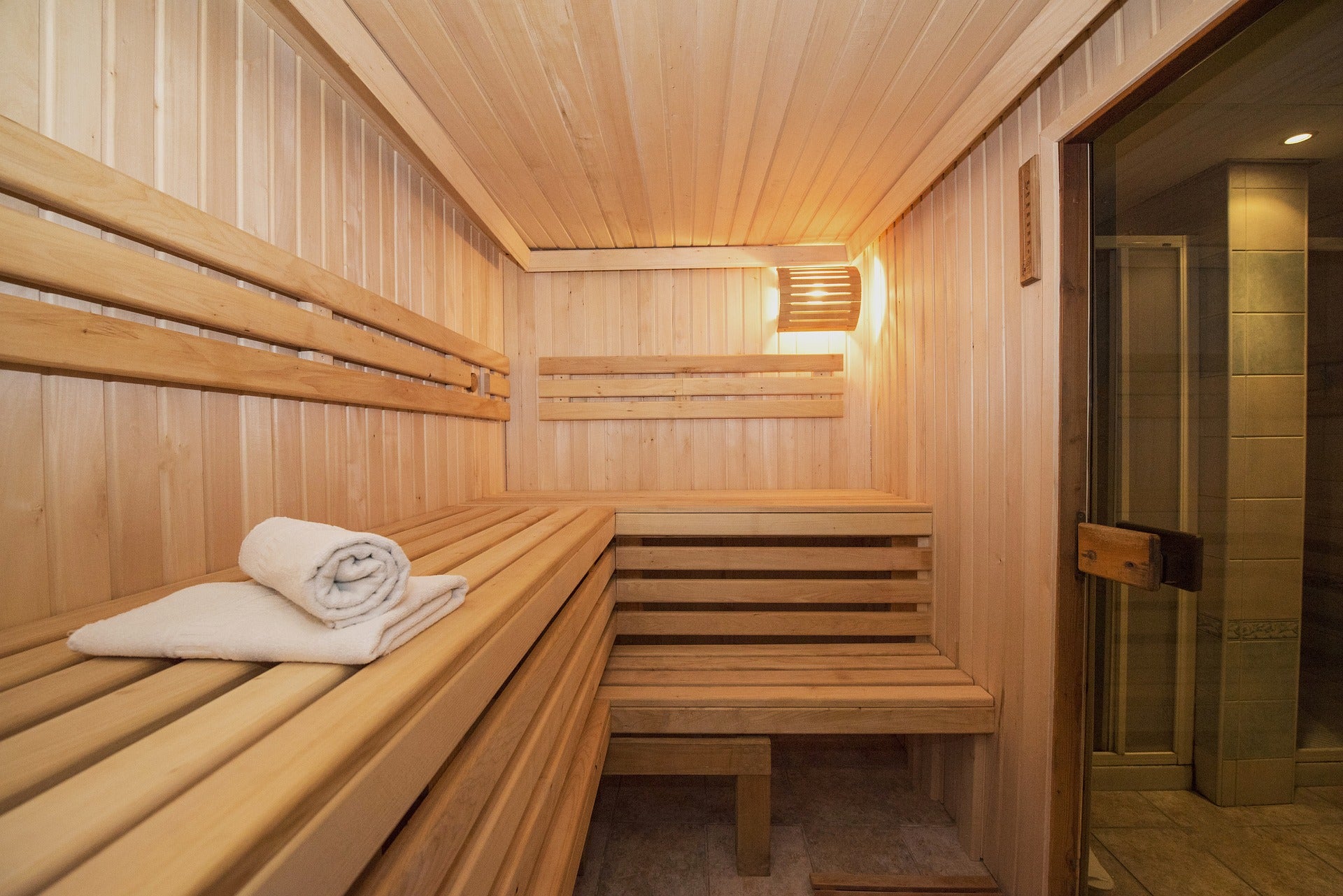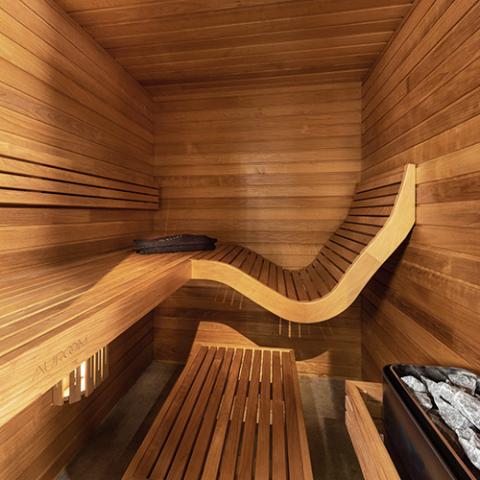Get This Report about Traditional Sauna
Get This Report about Traditional Sauna
Blog Article
Traditional Sauna Fundamentals Explained
Table of ContentsTraditional Sauna for DummiesGetting My Traditional Sauna To WorkA Biased View of Traditional SaunaTraditional Sauna Can Be Fun For AnyoneMore About Traditional Sauna
The majority of the weight lost in a sauna is water loss and is re-gained upon rehydrating. Nevertheless, without a doubt sauna can be a fundamental part of a healthy weight management program. To check out the distinctions between typical and IR saunas, I will certainly separate these right into verifiable, theoretical, and made differences.Thus, the best point in the saunawhich goes to the ceiling directly over the sauna heateris commonly between 185 and 190 F. Claims that a conventional sauna goes beyond 200 F is just not true and not suitable for electric saunas marketed in the US. The temperature level for a far-infrared sauna is normally set in between 120 and 140 F; however, unlike the standard sauna, the goal in and IR space is not to achieve a high temperature level.
Due to this, the temperature distinction is almost unnecessary, considering that profuse sweating leads to both sauna kinds, but the technique of warming the body is different. In an IR sauna the bather will certainly feel warm and will sweat a lot, but at a lot reduced temperature levels (Traditional Sauna). Therefore, if the goal is to invest longer amount of times in the sauna, the IR sauna is a good choice
When a typical sauna has been appropriately warmed, the sauna walls are warm, the air temperature has accomplished established temperature level and the rocks are super heated. As an intriguing side note, the warmed wall surfaces and the rocks are emitting far-infrared heat, integrated with the warmed air, to develop an "wrapping up heat".
Facts About Traditional Sauna Revealed

When the high temperature is achieved, the components cycle on and off to preserve the high temperature level. A lot of conventional sauna users enjoy putting water over the rocks to develop heavy steam to raise sauna moisture degrees. The benefits of putting water over the rocks consist of: making the room more comfy, moistening the nasal passages, and permitting the use of aromatherapy by mixing crucial oils with the water.

When the energy goes into the body, it creates the body temperature level to boost and ultimately causes perspiration. In an infrared sauna it's essential for the emitters/heaters to remain on almost constantly. Considering that there is no mass of rocks to preserve warmth, the sauna will certainly cool down if the emitters shut off.
As stated above, the sauna bather in an infrared space intends to position himself in front of running emitters to obtain maximum take advantage of the warmth. The heating time for the two areas can be very different, depending upon just how the rooms are utilized. For a basics traditional sauna, a bather ought to permit 30-40 mins for the room to accomplish a preferred temperature level and to properly pre-heat the rocks.
Traditional Sauna for Dummies
A well constructed sauna will typically achieve a temperature of 150-160 F in about 30-40 mins. For hotter temperature levels, the area might require to warm use this link for a longer period.

Standard saunas tend to be bigger (hence utilize even more electrical power) than infrared saunas, although traditional saunas are definitely readily available in one and two individual sizes. For a two-person conventional sauna, 5x6 or 5x7 dimension is most popular. The leading bench can comfortably seat two or 3 people and is likewise long sufficient to rest during the sauna session.
Traditional Sauna - Questions
The average cost per kWH of electrical energy in the united state is approximately $0.11, so a 4.5 kW heating unit will certainly set you back approximately $.50 to run for one hour, if the heater runs continuously for one hour. Commonly a sauna heating system will certainly run for 75% of the first hour and 50% of subsequent hours on because the aspects cycle once the set temperature is accomplished.

Ultimately, there is a rarely talked about difference in the social experience in between both spaces. While our culture has actually lost some of the social advantage of the conventional sauna experience, it can be very socially rewarding (Traditional Sauna). From family members time in the sauna, to heart-felt conversations with significant others, to sauna partiesthe typical sauna experience can cause intimate socializing
Traditional Sauna Fundamentals Explained
The majority of greater end infrared areas include colored light therapy, noise systems and full-glass fronts.
Report this page